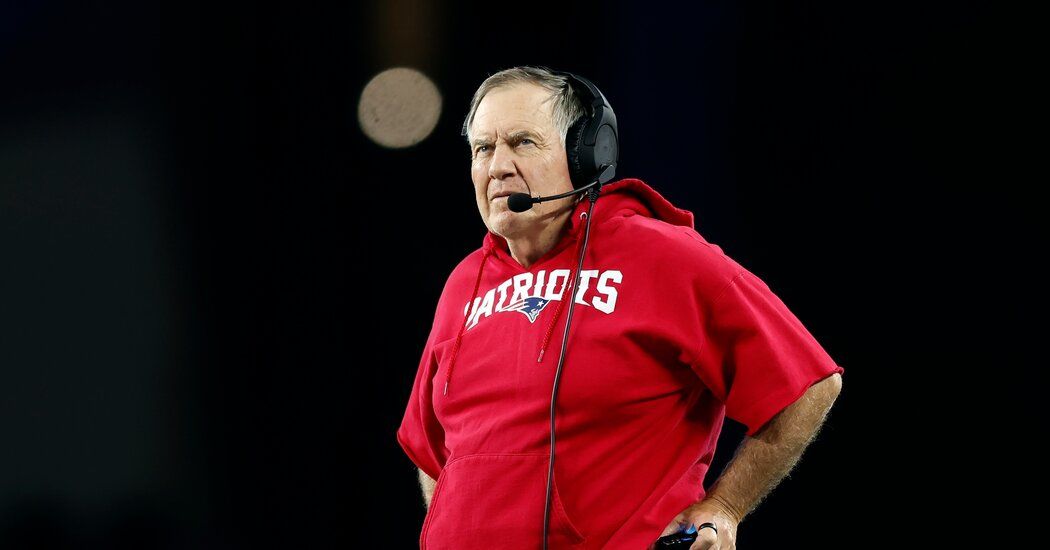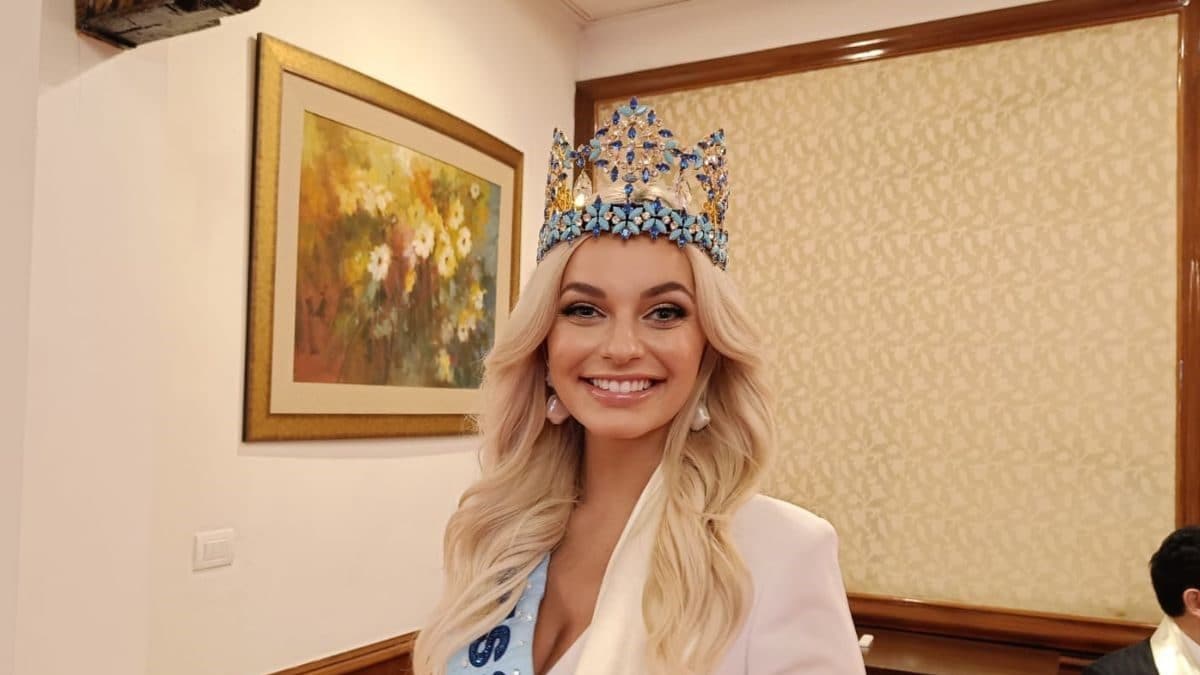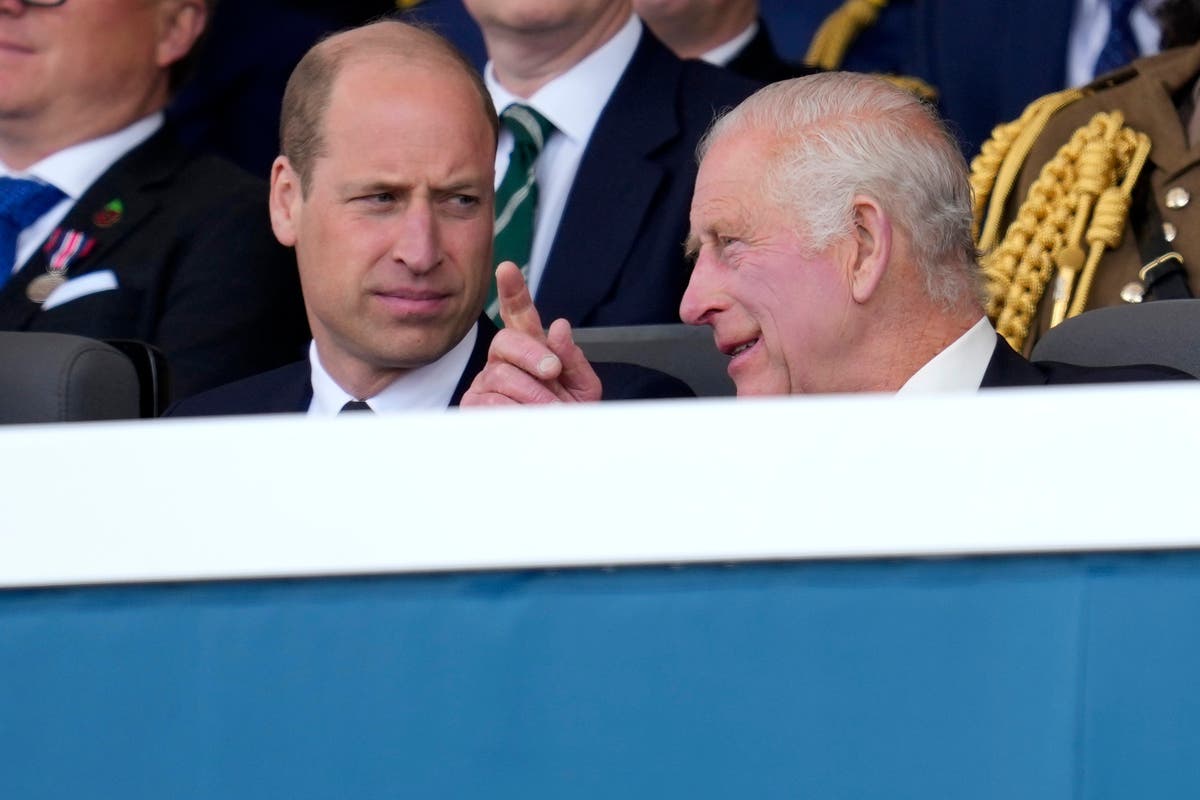In all the words currently being written about the end of the Bill Belichick era in Boston – or, technically, the Boston suburbs – which reportedly finally came to an end on January 11 after weeks of speculation, the end of the NFL season and the The Patriots' sad loss to the Jets, the one I always remember is “hoodie.”
More than anyone except perhaps Mark Zuckerberg, the famous Boston football coach has become synonymous with that particular garment. It is “an inseparable part of his legacy,” according to Bleacher Report. His “trademark,” Sports Illustrated wrote. “Iconic,” Buzzfeed sang. For decades, the hoodie helped burnish Belichick's legend, but recently it has begun to look like part of the problem: less a symbol of his genius as a coach than, perhaps, a sign of his obsolescence.
For most of his 24 years with the Patriots, the sweatshirt has been Belichick's go-to game day item. And not just any sweatshirt, but a particularly nondescript blue or gray sweatshirt, often with the sleeves cut off seemingly at random somewhere between the elbow and the shoulder, and layered over another shirt. Sometimes it was combined with flip flops. For much of that time, as he led the team to its six Super Bowl victories, the sweatshirt seemed to symbolize Belichick's uniqueness: his prickly refusal to be anything other than himself or follow any vision other than his own. ; his gruff, blue-collar fighting spirit; the consistency of it; his refusal to give up, nor the game nor his favorite wardrobe item.
This landed him on several “best dressed” lists with the kind of affectionate irony traditionally lavished on irascible but beloved uncles, and led to a “Bill Belichick raglan hoodie” being sold at the merchandise store. of the NFL. His commitment to the garment inspired a football handicapper to create a “hoodie tracker” and it has been the subject of bets on the Super Bowl. Belichick even gave a hoodie to President George W. Bush on a visit to the White House.
The origin story of Mr. Belichick and the sweatshirts is part of his mystique. He first appeared wearing a gray hoodie in 2003. (Before that he used to wear windbreakers in the field.) As the story goes, he adopted hoodies after the NFL made a deal with Reebok (now Nike) that included coaches, meaning they were prohibited from wearing the type of tailored suits that once distinguished men like Tom Landry, Hank Stram, Blanton Collier and even Vince Lombardi. Instead, they had to wear team gear, becoming a walking billboard for the sponsor.
It was said that as a form of protest against the sale of the sport, Belichick opted to wear the most aggressively unfashionable item of clothing he could find within the dress code. (After all, he had worn a suit in several previous appearances, not to mention the cover of Nantucket magazine, and cleans up perfectly well when he wants.)
Whether the middle finger narrative to corporate overlords was true or not, the attitude it reflected fueled Belichick's spirit in a way that worked in the coach's favor, as even he must have realized, as he never refuted the idea ( even when asked directly about it). Instead, Belichick sheepishly dodged the question, telling Yahoo columnist Dan Wetzel that he liked the sweatshirts because they were “comfortable” and he could “carry things in his bag.” As for cutting his sleeves, it was because he had his arms.”too short”And all that fabric was getting in the way.
Fair enough, except that by presenting Belichick as a man of principle focused solely on his work, rather than fashion, the responses revealed how aware he really is of the power of fashion. Being worse dressed is as much a choice and statement as being better dressed. And therein lies the problem.
In fact, the comparison with Zuckerberg may not be as far-fetched as it seems. The old mythology of Silicon Valley was built in part on the image of technological prodigies freed from the petty concerns of everyday life (jackets and ties) only to suffer periodic backlash when the liberated part seemed to lead to psychological abuse or financial crime. Similarly, it turns out that Belichick's image may have contained within it the seeds of its own destruction.
In recent seasons, football has followed sports like basketball and soccer into the world of fashion, with players like Tom Brady and Russell Wilson having their own lines, as well as current athletes like Davon Godchaux, Joe Burrow and (ahem) Travis Kelce, who seem to be heading in that direction, increasingly aware of their own potential. Not Belichick, however, and the contrast has made his insistence on wearing the same old thing seem more routine; an example of what began to seem like a stubborn refusal to change not only his own wardrobe, but also with the times.












